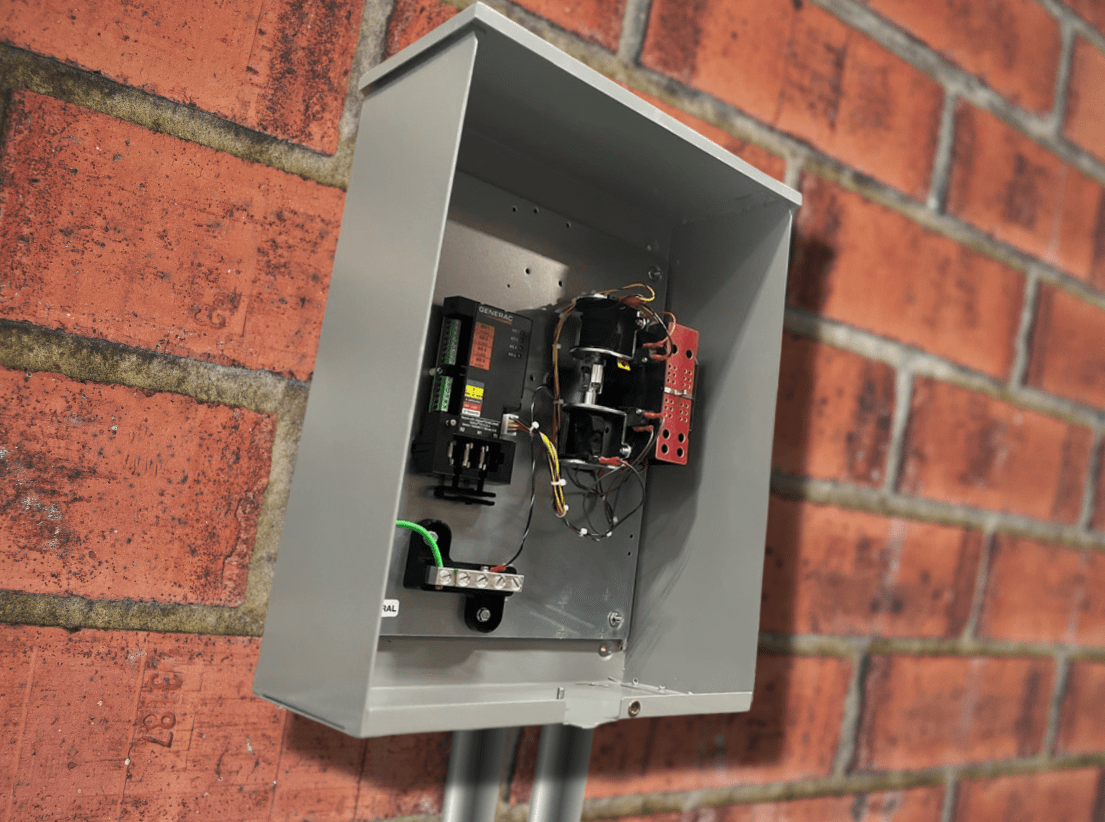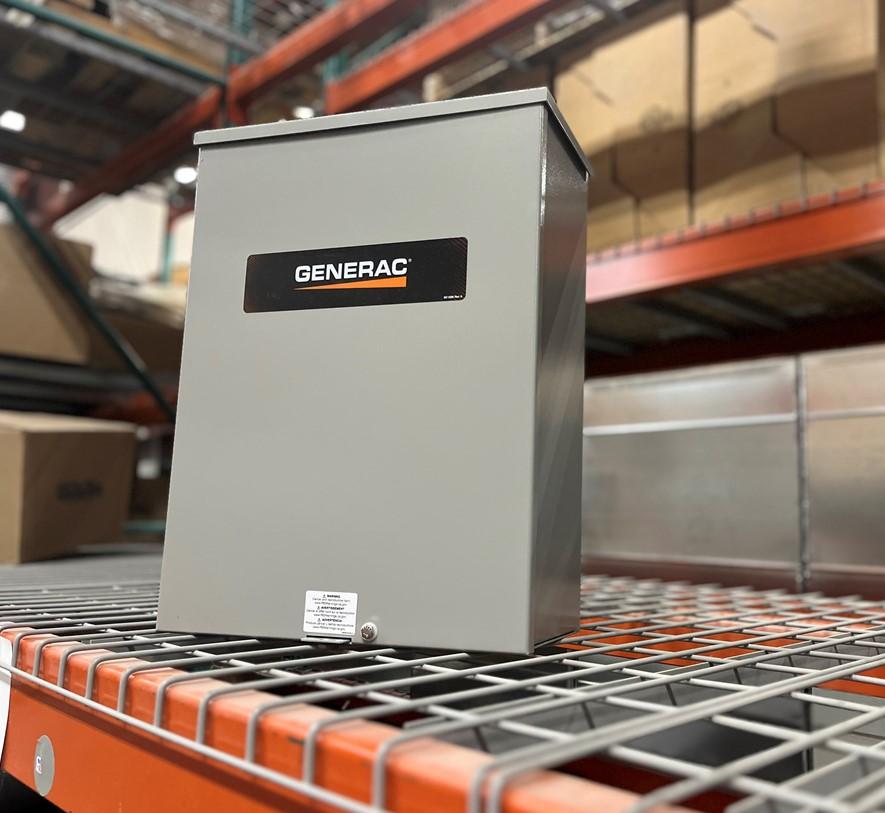Want to save with Paschal? Don’t miss our current offers and specials

Want to save with Paschal? Don’t miss our current offers and specials
Return to Paschal Resource & Education Hub

As a homeowner, ensuring the safety and reliability of your home’s power supply is of the utmost importance, especially during power outages caused by natural disasters or other unexpected events. One of the most effective ways to secure your home’s power supply is by installing a whole home generator, which can provide uninterrupted power to your entire home. But for the generator to work properly, you need to install a transfer switch, which is an essential component of a whole home generator system.
In this article, we will take a deep dive into how a transfer switch works and its role in a whole home generator system. Whether you’re considering installing a whole home generator or simply want to understand more about your existing setup, this article will provide you with the information you need.
A transfer switch is a device that is installed between your home’s electrical panel and your generator. Its main purpose is to safely transfer power from your utility company to your generator, and vice versa, without affecting your home’s electrical system.
When the power goes out, the transfer switch automatically switches your home’s electrical supply from the utility company to the generator, providing you with a seamless transition of power. When the power is restored, the transfer switch switches your home’s electrical supply back to the utility company.
It’s important to install a transfer switch for a number of reasons. Firstly, it ensures that your generator is only supplying power to the circuits you choose, and not to the entire electrical grid, which can be dangerous. Secondly, it prevents electrical backfeeding, which can occur when the generator’s electrical supply is fed back into the utility company’s electrical grid, posing a serious safety hazard to utility workers.
There are two main types of transfer switches: manual transfer switches and automatic transfer switches.
Manual transfer switches require the homeowner to physically switch the power source from the utility company to the generator and back. While manual transfer switches are less expensive than automatic transfer switches, they require manual intervention, which can be a disadvantage during a power outage when every second counts.

Automatic transfer switches, on the other hand, automatically transfer power from the utility company to the generator and back, without the need for manual intervention. This makes them the preferred choice for whole home generator systems, as they provide a seamless transition of power during a power outage.

An automatic transfer switch is composed of several components, including a control panel, a transfer mechanism, and relays. Let’s take a closer look at each component and how it works.
Control Panel: The control panel is the brain of the automatic transfer switch, and it’s responsible for monitoring the power supply and initiating the transfer of power from the utility company to the generator and vice versa. It also monitors the generator’s voltage and frequency to ensure that it’s operating within safe limits.
Transfer Mechanism: The transfer mechanism is responsible for physically switching the power source from the utility company to the generator and back. It’s usually composed of a rotary switch or a contactor, which is controlled by the control panel.
Relays: Relays are electrical components that are used to switch electrical circuits on and off. In an automatic transfer switch, relays are used to control the transfer of power from the utility company to the generator and back.
When the power goes out, the control panel detects the loss of power and sends a signal to the transfer mechanism to switch the power source from the utility company to the generator. When the power is restored, the control panel detects the return of power and sends a signal to the transfer mechanism to switch the power source back to the utility company. This entire process happens seamlessly and automatically, ensuring that you always have a reliable source of power.

A transfer switch is a critical component of a whole home generator system, and proper installation is crucial for its safe and effective operation. Improper installation can lead to dangerous electrical backfeeding, and it can also void your generator’s warranty.
It’s important to have a qualified electrician, such as those at Paschal Air, Plumbing & Electric, install your transfer switch. Our technicians have the experience and knowledge to properly install your transfer switch, ensuring that your generator operates safely and efficiently. When you are ready to have a transfer switch installed at your house, contact the Pros at Paschal!